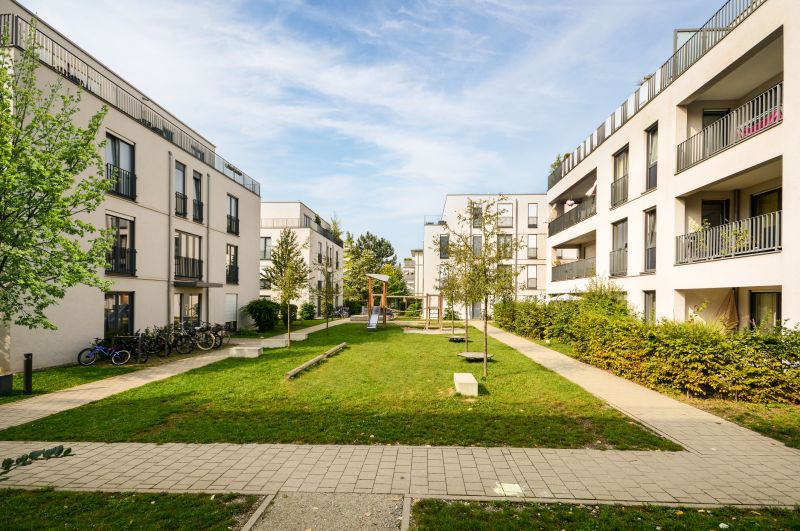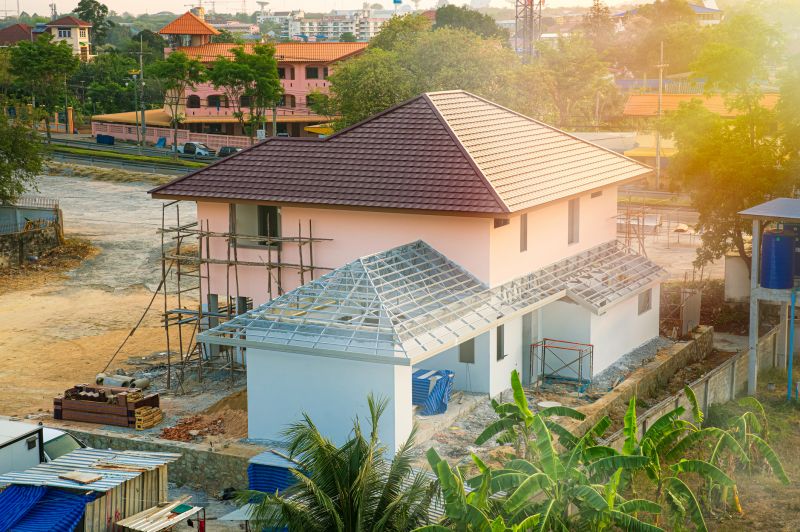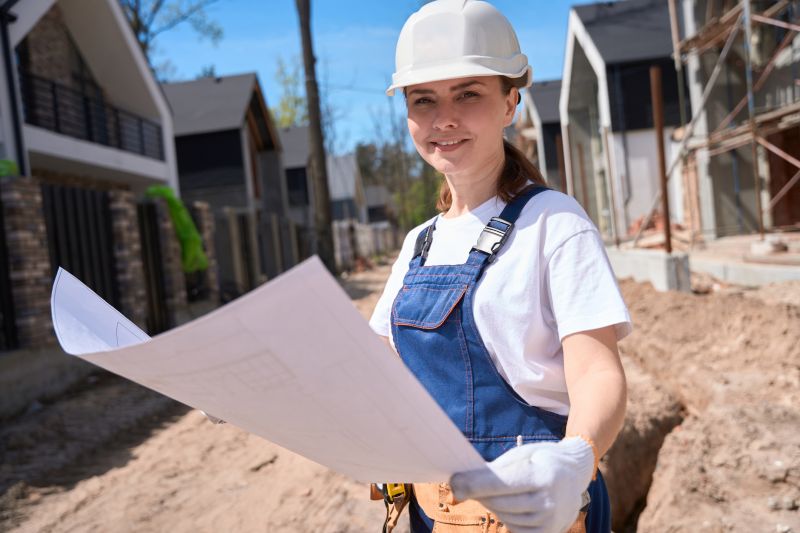Optimal Timing for Building Raisings
Building raisings are typically scheduled during periods with favorable weather conditions to ensure safety and efficiency. Optimal timing depends on regional climate patterns, construction schedules, and project-specific requirements. Proper planning can help avoid delays caused by adverse weather or seasonal restrictions.
Spring offers moderate temperatures and longer daylight hours, making it a popular time for building raisings. It reduces the risk of weather-related delays and allows for efficient project progression.
Early summer provides warm weather and stable conditions, ideal for outdoor construction activities. Planning during this period can help meet project deadlines.
Winter months often bring cold temperatures, snow, and rain, which can hinder construction progress and pose safety risks. Many projects are scheduled to avoid winter season building raisings.
Regions with milder climates may have extended periods suitable for building raisings, while others may need to consider seasonal weather patterns carefully.

Preparing the site during favorable weather ensures smooth progress during building raisings.

Certain tasks require dry conditions and moderate temperatures for safety and quality.

Scheduling during stable weather minimizes risks associated with wind, rain, or snow.

Ways to make Building Raisings work in tight or awkward layouts.

Popular materials for Building Raisings and why they hold up over time.

Simple add-ons that improve Building Raisings without blowing the budget.
| Season | Advantages |
|---|---|
| Spring | Moderate temperatures, longer days, reduced weather delays. |
| Early Summer | Warm weather, stable conditions, efficient outdoor work. |
| Late Summer | Extended daylight, good weather, ideal for large projects. |
| Fall | Cooler temperatures, less rain, good for planning future phases. |
| Winter | Typically avoided due to cold, snow, and rain, which can delay work. |

Aligning project timelines with seasonal weather patterns enhances efficiency.

Continuous weather assessment helps determine the best timing for building activities.

Scheduling during optimal seasons ensures availability of materials and labor.

Avoiding extreme weather reduces safety risks during building raisings.
Building raisings require careful timing to maximize safety, efficiency, and project success. Understanding regional climate patterns and coordinating with construction schedules are critical factors in selecting the ideal period. Proper planning ensures that weather-related disruptions are minimized, leading to smoother project execution and resource management.
Interested in scheduling a building raising? Contact to discuss timing options and planning strategies tailored to specific project needs.
